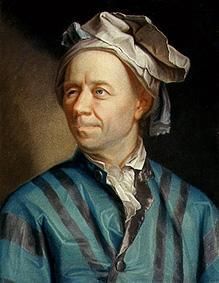A Pause
Let's take a moment to ask the questions that have been begging to be asked: Why is curvature important at all? Why are we trying to understand how to measure the curvature of a line when what we really want to do is understand 3D modelling?
We haven't yet arrived at a point where we can say that this is how these concepts apply to 3D modelling. We can, however, begin discussing a concept that might shed a little more light on the importance of curvature in 3D modelling.
If we pause to think for a moment, we can see that through any specific point of interest located on a given surface, we can find an infinite amount of curves travelling through it as well.
One way of visualizing these infinite curves is to take the normal plane that we introduced earlier and rotate it about the normal line (at our point of interest). If we then take cross sections of the surface at each stage during our rotation, we could see each and every curve that runs through this point.

But if this is the case, and we do have an infinite amount of curves travelling through any given point of interest, how do we calculate the curvature at a specific point?
Calculating the curvature of all of these curves would be difficult, if not impossible. So now what do we do?
As it happens, the Swiss mathematician Leonhard Euler (1707-1783) became curious about this very question over two centuries ago.
Leonhard Euler is considered the greatest mathematician to emerge from Switzerland and was dubbed 'Analysis Incarnate' for his profound abilities.
Though he made contributions to nearly every mathematical field, he is most well known for his work in geometry.